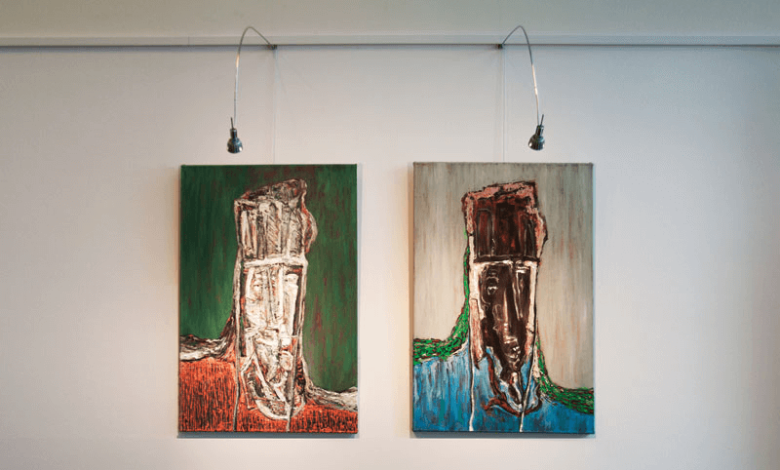The importance of wall art lighting

Wall art lighting is a pivotal part of any exhibition or an art event. The objects of art are something that should be shown as they are, without any drawbacks that may be caused by improper lighting. In order to reach the aim of perfect lighting, it is necessary to create an appropriate project. The project of lighting an art gallery includes a whole range of tasks, requires the development of technical specifications, careful calculations and a qualified approach to the choice of lighting equipment and lamps. Hence, this work should be performed by specialists.
Why is exhibition lighting so important?
Galleries are traditionally distinguished by a much larger amount of empty space, since the main attractions there are located on the walls. General light in such places is most often organized with the help of lighting for wall artwork placed along impromptu passages. The main difficulty here is high-quality lighting of canvases.
To bring a light source closer to them means, on the one hand, to accelerate the fading of colors and the destruction of the canvas, and on the other hand, to create the basis for reflections produced by a bright glossy surface. In this regard, experts often seek to find a balance in which all of the above phenomena will be minimized. Again, the percentage of distortion introduced into the essence of the work itself by incorrect illumination remains in question. The author certainly would not appreciate the fact that the gallery owners made his cheerful picture gloomy, and more peaceful – excessively bright. That’s why wall art lighting is a very significant part of any exhibition.
How to choose lighting for gallery?
The most optimal option, which provides high quality perception of pictures, is achieved when using exhibit lights. In this case, the lamps are located on the busbar system. The advantages of track systems is that the lamps can be placed:
- at different heights;
- at the right distance from the picture;
- at a certain distance from each other.
The light rays from the lamps are directed in the right direction, there is a rational distribution of the light flux, excluding direct light rays from entering the picture and thereby eliminating glare and shadows. At the same time, it is important to determine the number of fixtures, based on their electrical parameters, lighting requirements, and the size of the picture. Gallery lighting systems are characterized by:
- mobility;
- ease of installation;
- functionality.
It is very appropriate to install luminaires on a busbar in rooms with vaulted ceilings, as well as when changing the exposure. Track lighting systems are the ideal solution for use in art galleries, exhibition halls. LED lamps are also useful, they are stable and reliable in operation and provide high-quality illumination of paintings. LED luminaires are installed on a suspended busbar, which ensures their correct location and gives a good luminous flux. They do not emit ultraviolet rays, which is highly safe and appropriate for this purpose. Finally, wall art lighting requires competent development and sound project planning. In addition, the approach to lighting an art gallery is individual and, therefore, the project should be developed based on the client’s demands together with professionals.




